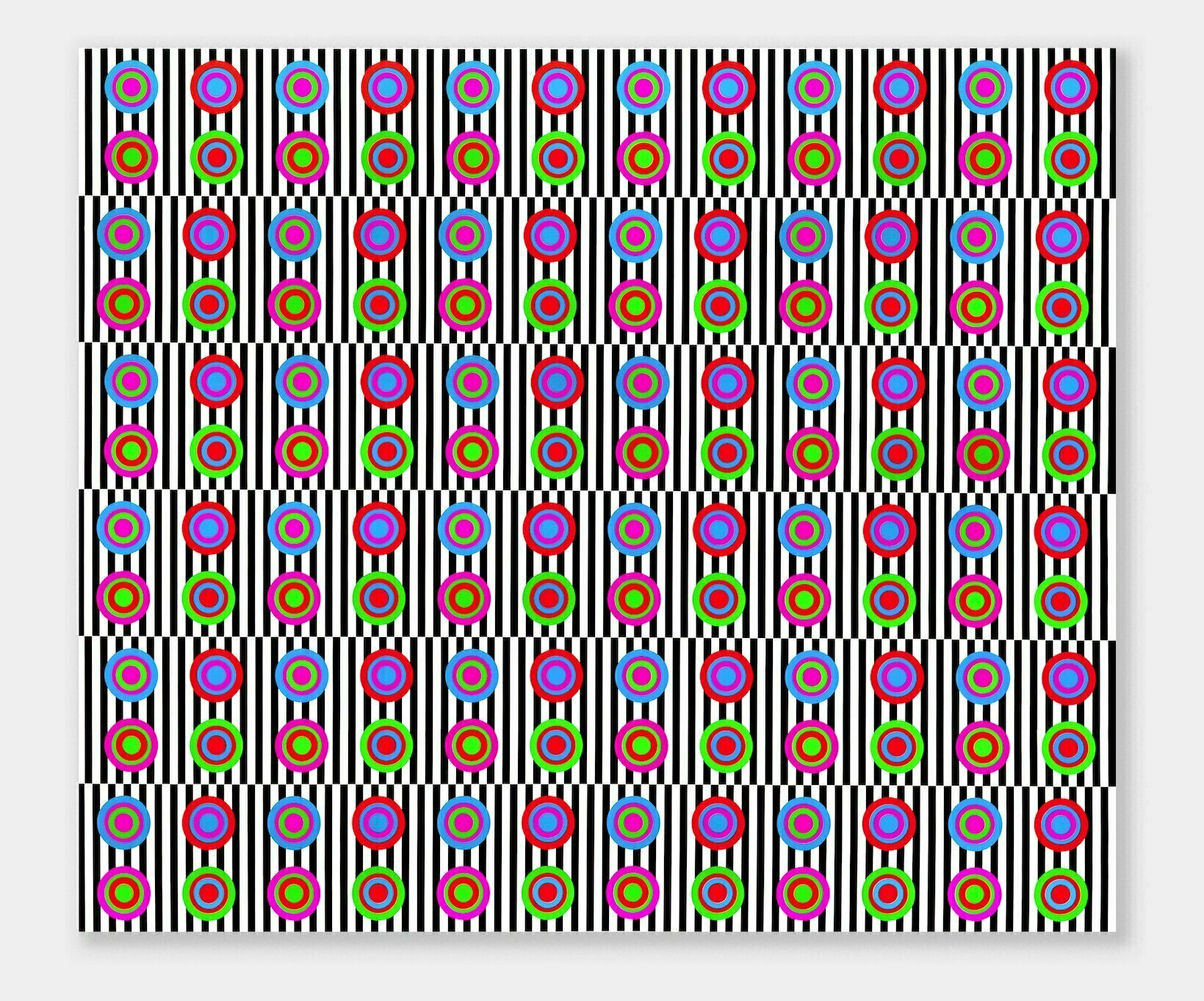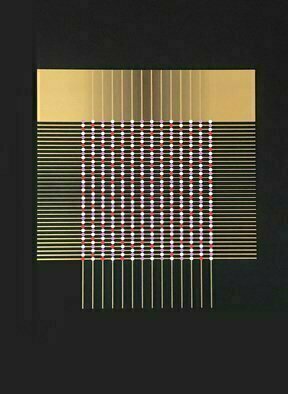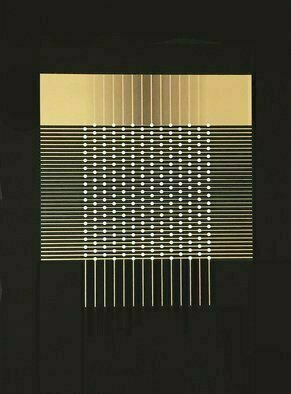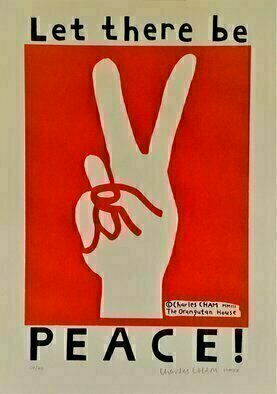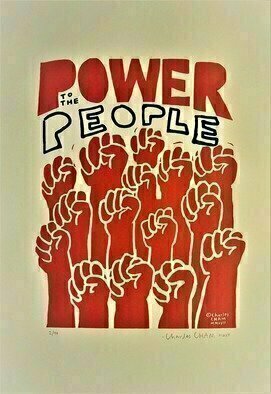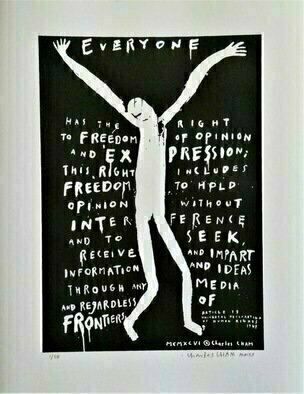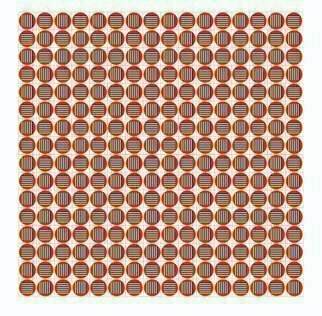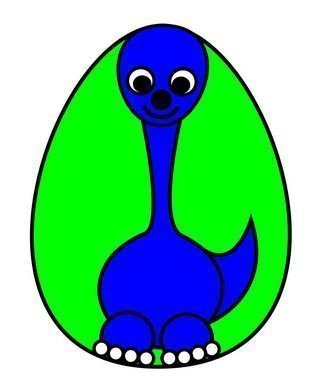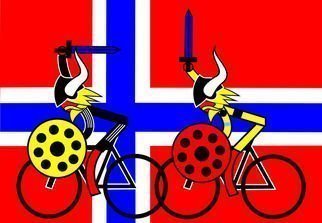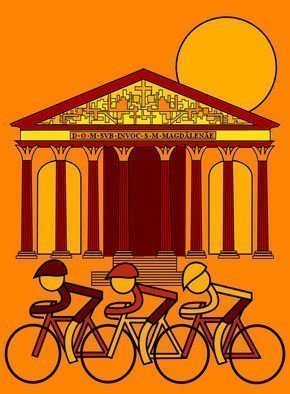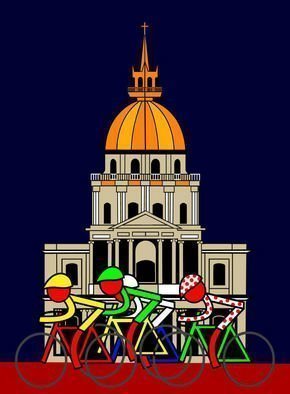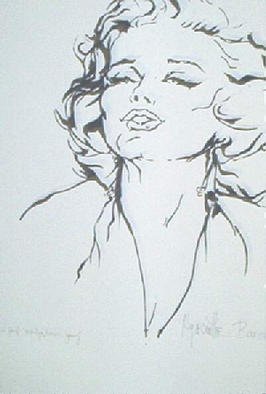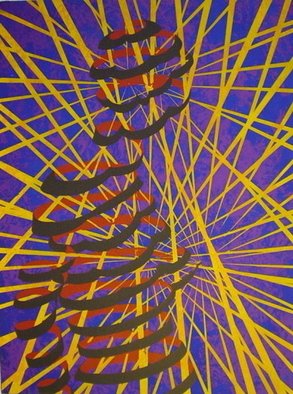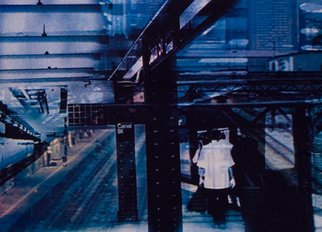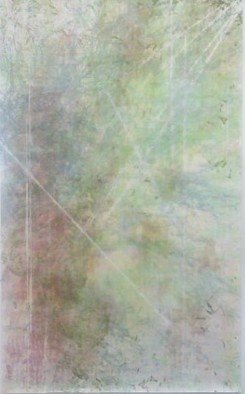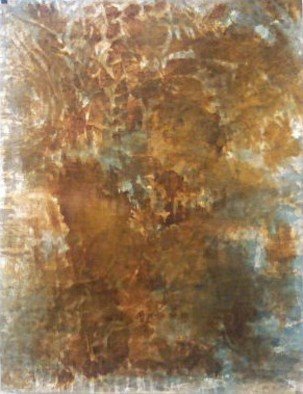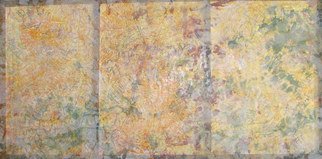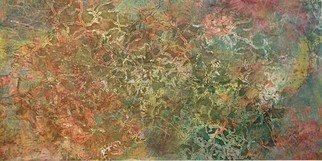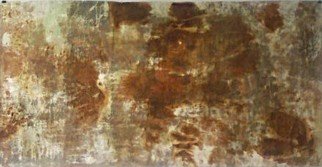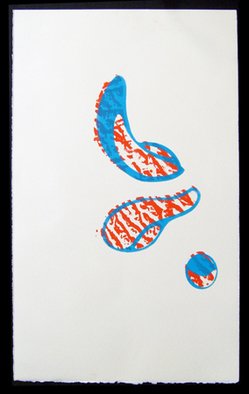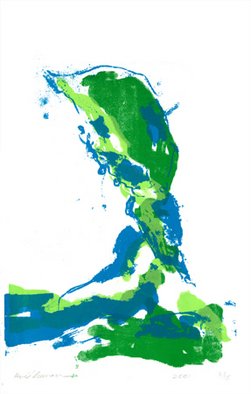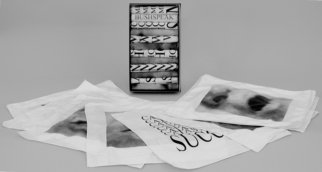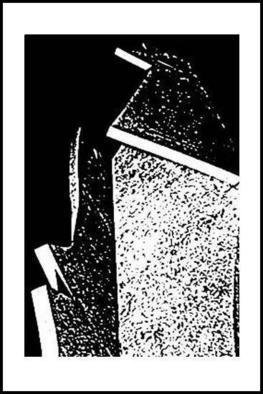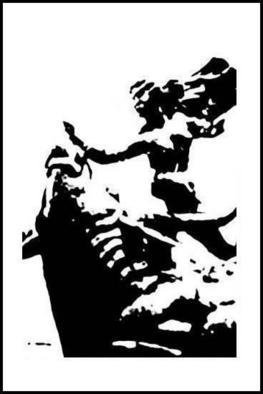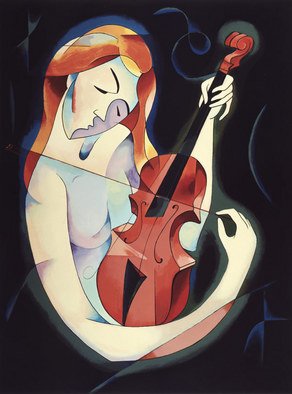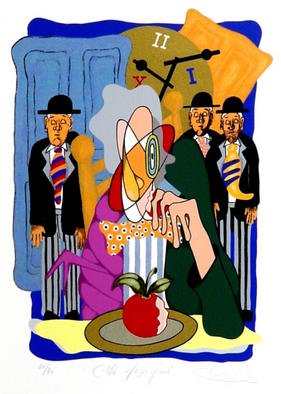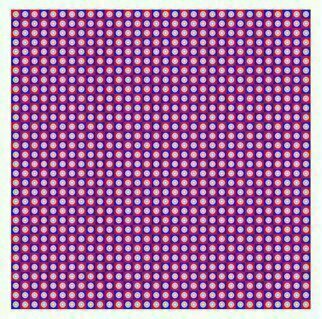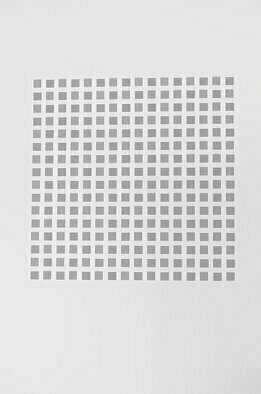Serigraphs
Page 1 of 20

Youri Messen-jaschin, Charles Cham, Asbjorn Lonvig, Hyacinthe Kuller-baron, Bob Filbey, Kenn Zeromski, Karen Morecroft, Rachel Dimicco, David Sananman, Tatana Kellner, Bengt Stenstrom, Zinovy Shersher, E.c. Corbitt offering original Serigraphs artworks.
MORE »
Youri Messen-Jaschin - Karen Morecroft - My work is primarily based on my experiences of the city, including my travels through the US & Europe. Documentation is an important feature of my work as it is where I collect my source material, which is a key element to the images I create. My work relies on photographic and found imagery along with collected objects from many varied sources, including the mass media. Layering, repetition and opacity are key elements of of my work that strive to reflect a certain nostalgia....
Rachel Dimicco - The concept of my work was conceived from pondering the unexplainable, unrepeatable occurrences in the natural world. This concept was then studied through the spontaneous intuitive processes of interaction between the fragile and irreducible materials and environmental components. The process was motivated by exploring the deterioration of natural elements. My work's intent was to alter how the elements of nature are viewed through conjoining atmospheric elements and natural phenomena. ...
David Sananman - My artwork, across different mediums, is about exploring the dimension not visible to our eyes. I am trying to bring forth into physical reality images and animation that comes from within my mind. Through the different mediums of painting, printmaking, and animation I get to discover the strengths of those particualar artmaking techniques and apply it to my abstract work. Much of my work is simply applying what I have learned of art's essences such as color, composition, technique, and theory. I derive a great sense of fun and mystery that I hope others will also form their own impressions from looking at my work....
Tatana Kellner - Growing up in communist Czechoslovakia, as the daughter of Holocaust survivors, I learned to mistrust authority and question official doctrines. The current political landscape with the erosion of civil liberties, the misinformation fed to us by our leaders and the manipulation of facts by the media has motivated me to refocus my artistic concerns from exploring my personal history, albeit political, to taking a direct stance on contemporary politics. I use media, especially the newspaper, as my primary source material. The images and text fragments are processed in a way that parallels political maneuvering (deal making). My work is tactile. Layers of inky marks form the images. The inherent messiness references political corruption, loss of innocence, and encapsulates a specific moment in time. History defines us. History haunts us. ...
Zinovy Shersher - When I emigrated to the US, I was not allowed to take my paintings with me - by the Soviet government. They said to me you are professional artist, you studied inRussian University, so everything youve created belongs to Russian people. So when inNew York I could not show anything Ive created to the American galleries. But aftervesting many of them in NY, I was amazed by the variety of different schools and styles of art in Dmerica, it was a firework of colors, manners, techniques, I realized that I had to find my own style, own motives in my art, I was glad that Ileft everything I created before behind. It took me 3 full years to create a new group of work, 6 years to find my own style,- modern, contemporary with great school and techniques I got from Russian school and a course in School of Visual Arts in NY. I started to create paintings and realized that I have basically 2 themes in my paintings Music and Love. SInce I am a musician and composer myself, I studied violin in childhood, I realized that the violin touches the most sensitive nerves and feelings in the human body, ...
E.c. Corbitt - E.C. Corbitt - The Comedian of Horror If one accepts the current Postmodernist perspective on the development of "modernism" in painting, several faulty assumptions about its history become evident. The popular view that painting passed through a series representational phases - Impressionism, Post-Impressionism, Fauvism, Cubism, etc., only to triumph in the achievements of pure abstraction, now appears historically naive and dominated by a Western European bias. Very few artists, whether in their vision or their work, have so successfully challenged the simplicity of this view as E.C. Corbitt. A few international painters - Francis Bacon, Paul Cadmus, Lucien Freud - while deeply influenced by trends in twentieth-century art, have also remained committed to representation of the human figure. Corbitt, who spent the last twenty-five years working in Europe, also retains the centrality of the figure, while incorporating aspects of the American art scene - the various forms of Pop, Op, and Conceptual Art - that consolidate his American experience and give his work a unique vision. His technical ability, use of colour, and refreshing sense of wit - combined with a healthy dose of sarcasm (derived, it appears, from an early exposure to Mad Magazine) - involve the viewer in a stimulating journey. ...
(Page 1 of 20) - MORE ARTWORKS
Artists Describing Their Art:
Youri Messen-Jaschin - Award 1963 1st Prize of contemporary engraving Center of Engraving Geneva MusA(c)e daEURtmart et daEURtmHistoire Geneva 1966 Grant of the Swedish state for study at the University of Gothenburg research in the textil in Op art 1969 USA Gould corporation 1st prize for the realization of a Op art sculpture 1970 2 nd prize for a textile work - electro-acoustic, University of Gothenburg 1971 1 st prize for a textile work - electro-acoustic, RAPhsska Museum Gothenburg 1985 Italiy Centro Studi e Ricerche delle Nazioni World Culture Award Statue of Victory 1985 1985 Centro Studi e Ricerche laEURtmAccademia daEURtmEuropa Diploma of Appointment of Academician of Europe for its cultural and professional activity 1986 Diploma European SchowmenaEURtms Union For his sincere efforts on behalf of the European ShowmenaEURtms Union we hereby extend our special appreciation to. Bruxelles IV73 1987 Diploma of nomination Golden Elephant for the merits that he acquired to the cause of the circus Schweizer National Circus GebrA1/4der Knie Rapperswil 1998 Installation Award Certificate of Merit Research in Op art Angel Orensanz Foundation, Center for the arts, New York 2000 Aim for Arts, International juried exhibition, celebrating artistic achievement Federation of ...Youri Messen-Jaschin - Karen Morecroft - My work is primarily based on my experiences of the city, including my travels through the US & Europe. Documentation is an important feature of my work as it is where I collect my source material, which is a key element to the images I create. My work relies on photographic and found imagery along with collected objects from many varied sources, including the mass media. Layering, repetition and opacity are key elements of of my work that strive to reflect a certain nostalgia....
Rachel Dimicco - The concept of my work was conceived from pondering the unexplainable, unrepeatable occurrences in the natural world. This concept was then studied through the spontaneous intuitive processes of interaction between the fragile and irreducible materials and environmental components. The process was motivated by exploring the deterioration of natural elements. My work's intent was to alter how the elements of nature are viewed through conjoining atmospheric elements and natural phenomena. ...
David Sananman - My artwork, across different mediums, is about exploring the dimension not visible to our eyes. I am trying to bring forth into physical reality images and animation that comes from within my mind. Through the different mediums of painting, printmaking, and animation I get to discover the strengths of those particualar artmaking techniques and apply it to my abstract work. Much of my work is simply applying what I have learned of art's essences such as color, composition, technique, and theory. I derive a great sense of fun and mystery that I hope others will also form their own impressions from looking at my work....
Tatana Kellner - Growing up in communist Czechoslovakia, as the daughter of Holocaust survivors, I learned to mistrust authority and question official doctrines. The current political landscape with the erosion of civil liberties, the misinformation fed to us by our leaders and the manipulation of facts by the media has motivated me to refocus my artistic concerns from exploring my personal history, albeit political, to taking a direct stance on contemporary politics. I use media, especially the newspaper, as my primary source material. The images and text fragments are processed in a way that parallels political maneuvering (deal making). My work is tactile. Layers of inky marks form the images. The inherent messiness references political corruption, loss of innocence, and encapsulates a specific moment in time. History defines us. History haunts us. ...
Zinovy Shersher - When I emigrated to the US, I was not allowed to take my paintings with me - by the Soviet government. They said to me you are professional artist, you studied inRussian University, so everything youve created belongs to Russian people. So when inNew York I could not show anything Ive created to the American galleries. But aftervesting many of them in NY, I was amazed by the variety of different schools and styles of art in Dmerica, it was a firework of colors, manners, techniques, I realized that I had to find my own style, own motives in my art, I was glad that Ileft everything I created before behind. It took me 3 full years to create a new group of work, 6 years to find my own style,- modern, contemporary with great school and techniques I got from Russian school and a course in School of Visual Arts in NY. I started to create paintings and realized that I have basically 2 themes in my paintings Music and Love. SInce I am a musician and composer myself, I studied violin in childhood, I realized that the violin touches the most sensitive nerves and feelings in the human body, ...
E.c. Corbitt - E.C. Corbitt - The Comedian of Horror If one accepts the current Postmodernist perspective on the development of "modernism" in painting, several faulty assumptions about its history become evident. The popular view that painting passed through a series representational phases - Impressionism, Post-Impressionism, Fauvism, Cubism, etc., only to triumph in the achievements of pure abstraction, now appears historically naive and dominated by a Western European bias. Very few artists, whether in their vision or their work, have so successfully challenged the simplicity of this view as E.C. Corbitt. A few international painters - Francis Bacon, Paul Cadmus, Lucien Freud - while deeply influenced by trends in twentieth-century art, have also remained committed to representation of the human figure. Corbitt, who spent the last twenty-five years working in Europe, also retains the centrality of the figure, while incorporating aspects of the American art scene - the various forms of Pop, Op, and Conceptual Art - that consolidate his American experience and give his work a unique vision. His technical ability, use of colour, and refreshing sense of wit - combined with a healthy dose of sarcasm (derived, it appears, from an early exposure to Mad Magazine) - involve the viewer in a stimulating journey. ...
